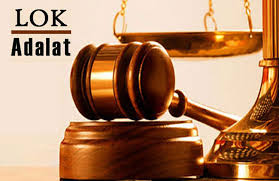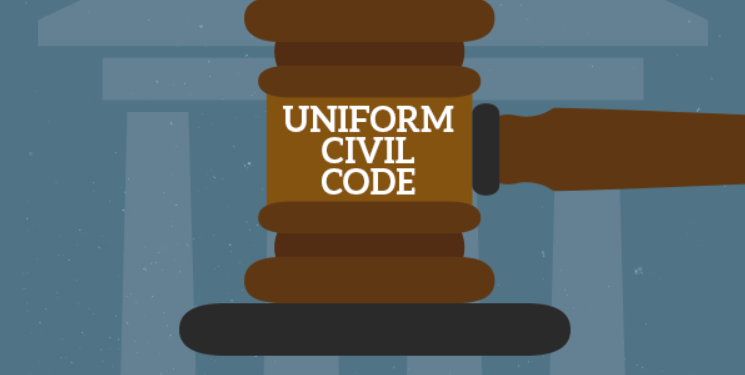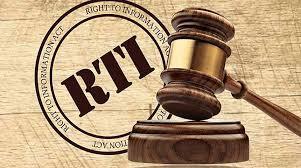Lok Adalat: People’s Court
Introduction Meaning: Lok Adalat translates to “People’s Court” and aligns with Gandhian principles. Historical Context: Recognized by the Supreme Court as an ancient adjudicatory system in India, still relevant today. Role in ADR: Part of the Alternative Dispute Resolution (ADR) system, offering informal, cost-effective, and swift justice. History First Lok Adalat: Held in Gujarat in 1982 as a voluntary, conciliatory body without statutory authority. Statutory Status: Gained statutory backing under the Legal Services Authorities Act, 1987 due to its increasing popularity. Organization Authorities Involved: State/District Legal Services Authority Supreme Court/High Court/Taluk Legal Services Committee Composition: Typically includes a judicial officer as chairman, a lawyer (advocate), and a social worker. Intervals and Areas: Organized at intervals and locations as deemed necessary by the authorities. National Legal Services Authority (NALSA) Constitution: Formed under the Legal Services Authorities Act, 1987, effective from November 9, 1995. Purpose: Establishes a uniform network across the nation to provide free and competent legal services to weaker sections of society. Jurisdiction Scope: Pending court cases or matters within the jurisdiction of any court. Disputes referred by the court or upon application by parties involved. Types of Cases: Matrimonial/family disputes Compoundable criminal cases Land acquisition cases Labour disputes Workmen’s compensation cases Bank recovery cases Exclusions: Non-compoundable offences under any law. Powers Equivalence to Civil Court: Same powers as vested in a Civil Court under the Code of Civil Procedure (1908). Can specify its own procedure for dispute resolution. Judicial Proceedings: Proceedings considered judicial under the Indian Penal Code (1860). Deemed a Civil Court under the Code of Criminal Procedure (1973). Award Finality: Lok Adalat awards are final, binding, and equivalent to a Civil Court decree. No appeals allowed against Lok Adalat awards. Benefits Cost-Effective: No court fee; refunded if already paid. Procedural Flexibility: No strict adherence to procedural laws, enabling speedy trials. Direct Interaction: Parties can interact directly with judges via counsel. Non-Appealable Awards: Ensures finality and prevents delays. Permanent Lok Adalats Establishment: Introduced through the Legal Services Authorities Act amendment in 2002. Function: Handles disputes related to public utility services (e.g., transport, postal services). Composition: Chairman (district judge/retired judge) Two other experienced persons in public utility services. Jurisdiction: Does not handle non-compoundable offences. Monetary jurisdiction up to Rs. 1 Crore. Procedure: Accepts applications before court proceedings. Aims for settlement formulation; if unsuccessful, decides on merits. Drawback: Failure to settle returns the case to the court, causing delays. Conclusion Lok Adalats provide an accessible, cost-effective, and speedy alternative to conventional courts, promoting amicable settlements. Their integration within the Indian legal system underscores the importance of traditional and community-based dispute resolution mechanisms in contemporary jurisprudence.






